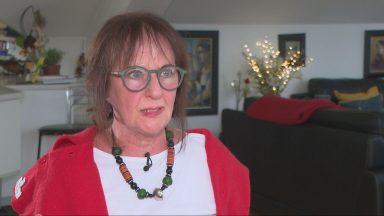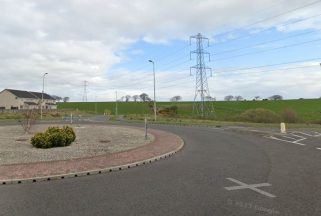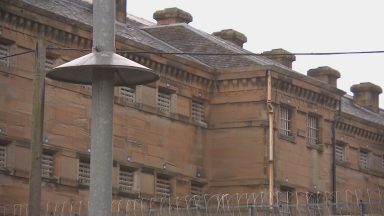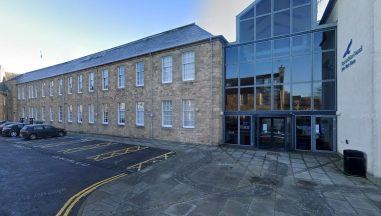A museum is set to display a 5,000-year-old pot which was unearthed during a high street demolition in Fife 42 years ago.
Conservation of the historic item has been completed as part of a wider project to find out more about human remains and objects that were discovered on Kirkcaldy High Street in June 1980.
Lead by archaeologists from the University of Glasgow, the conservation study will use a range of scientific techniques which were not available to those who carried out the dig.
Work to flatten the shop and a nearby hotel 42 years ago came to a screeching halt when a bulldozer driver caught sight of some partially buried bones.
Three ancient coffins emerged in a subsequent dig – two held human remains that showed traces of burning and the other contained the vessel, a flint arrowhead and a flint knife.
The spectacular find is one of several 5,000-year-old discoveries to have been made in Kirkcaldy, suggesting that the area was an Early Bronze Age stronghold.
“It’s a rare privilege to re-analyse an ancient object so many years after its discovery,” said Dr Marta Innes, a member of the university’s archaeology team.
“We’re hopeful it will help us better understand the prehistoric life of the local area.”
All of the items were added to the collection at Kirkcaldy Museum and Art Gallery – now known as Kirkcaldy Galleries – where the pot has now been placed on display.
“We’re thrilled that visitors can now see this magnificent object for themselves as it offers a fascinating glimpse into Kirkcaldy’s distant past,” said Jane Freel of cultural charity OnFife.
Curators recently noticed the vessel had become unstable and, following analysis by the Glasgow archaeology team, conservation work began.
Specialists at the Scottish Conservation Studio in Edinburgh preserved and safeguarded the vessel using a reversible adhesive which will allow the pot to be dismantled again if necessary.
Following an initial appraisal in April, the artefacts and human remains have been transferred to a laboratory at the University of Glasgow where they will undergo post-excavation analysis.
Dr Nyree Finlay, a senior lecturer of Archaeology at The University of Glasgow and lead of the project behind the new analysis said: “It is fantastic to see the newly-restored pot on public display.
“We look forward to sharing more untold stories about this discovery in a series of public events throughout the coming year as the research continues.”
Follow STV News on WhatsApp
Scan the QR code on your mobile device for all the latest news from around the country


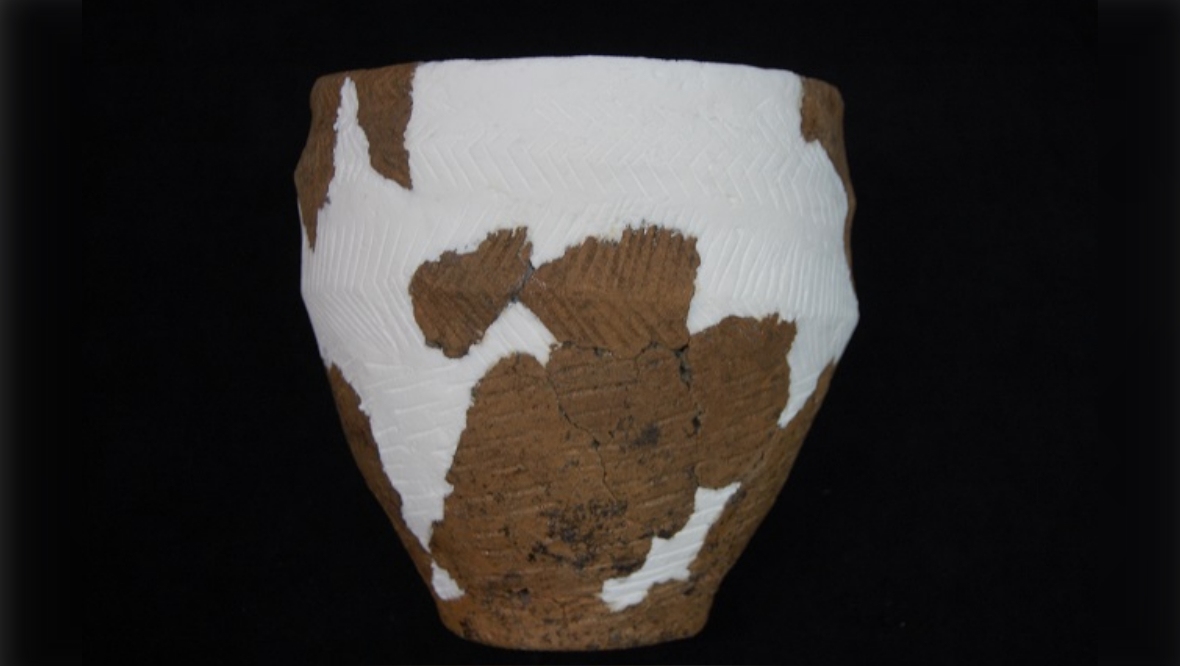 University of Glasgow
University of Glasgow







